Home>Gardening & Outdoor>Plant Care & Gardening Tips>When Should You Cover Mums
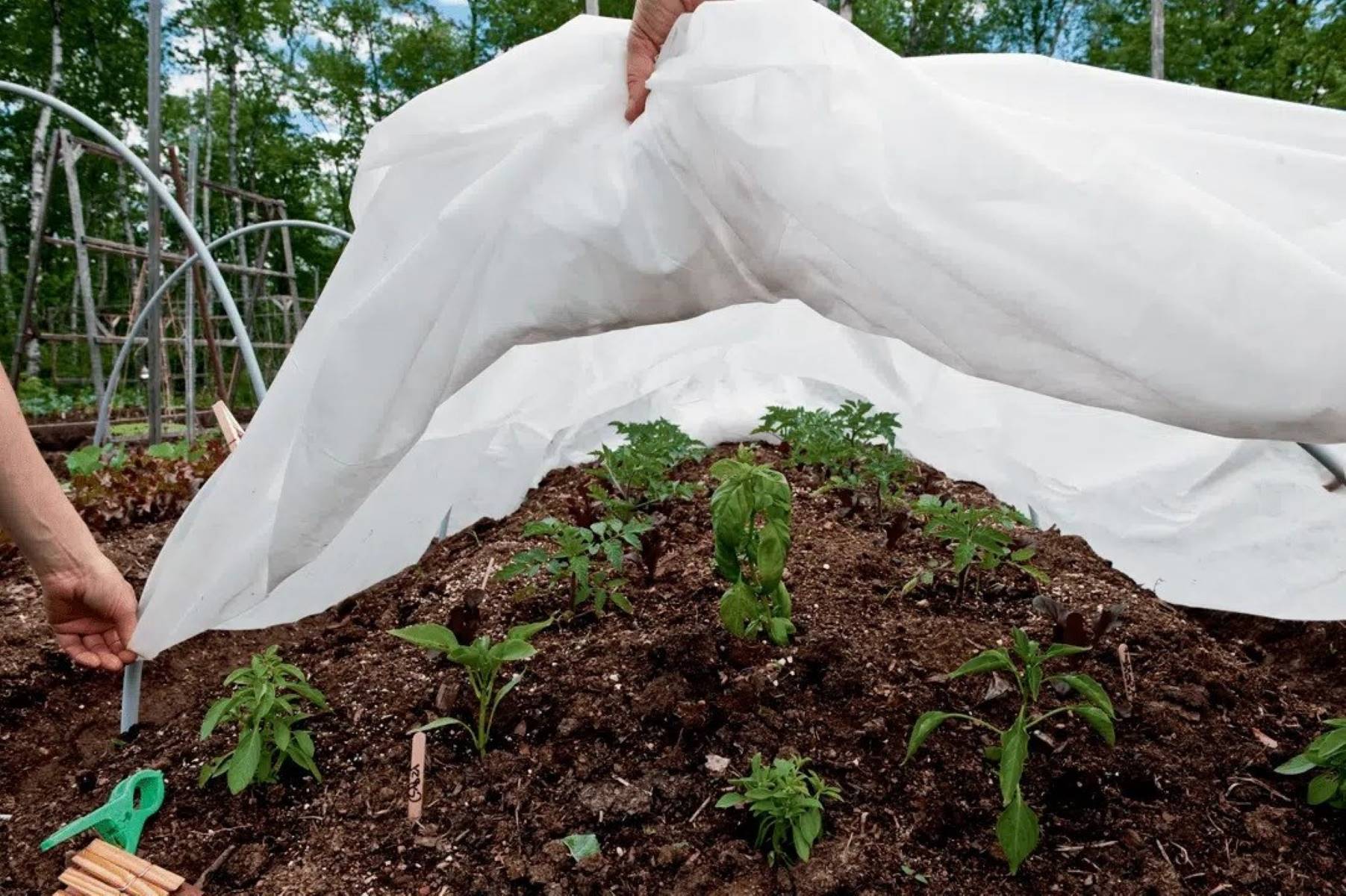

Plant Care & Gardening Tips
When Should You Cover Mums
Published: March 3, 2024
Discover the best time to cover mums for optimal growth and blooming. Get expert plant care and gardening tips to keep your mums thriving.
(Many of the links in this article redirect to a specific reviewed product. Your purchase of these products through affiliate links helps to generate commission for Storables.com, at no extra cost. Learn more)
Introduction
Mums, scientifically known as Chrysanthemums, are popular flowering plants cherished for their vibrant blooms and remarkable resilience. As the seasons change, mums undergo various growth stages, requiring specific care to thrive. One crucial aspect of nurturing mums is knowing when and how to cover them. This protective measure shields the plants from adverse weather conditions and promotes healthy growth.
Understanding the optimal timing for covering mums is essential for gardeners seeking to safeguard their plants and ensure a bountiful display of blossoms. In this comprehensive guide, we will delve into the growth cycle of mums, explore the key factors to consider before covering them, determine the best time for this protective measure, and provide valuable insights on the proper techniques for covering mums. By the end of this article, you will be equipped with the knowledge and confidence to effectively care for your mums throughout their growth journey.
Key Takeaways:
- Protect mums during budding and early bloom to shield delicate buds from frost and cold spells, ensuring a stunning floral showcase.
- Choose the right covering material, ensure proper coverage, allow ventilation, and monitor mums for effective protection against adverse weather.
Read more: What Temperature Should You Cover Mums
Understanding the Growth Cycle of Mums
Chrysanthemums, commonly referred to as mums, exhibit a fascinating growth cycle that unfolds in distinct stages. Understanding these stages is pivotal for providing appropriate care and determining the ideal time to cover them for protection.
-
Spring Growth: As the spring season emerges, mums awaken from their winter dormancy. New shoots begin to sprout, signaling the start of a new growth cycle. During this phase, it's essential to ensure that the soil is well-drained and enriched with nutrients to support the plants' initial development.
-
Summer Foliage: Throughout the summer months, mums focus on foliage growth, producing lush greenery and establishing a robust framework for the impending bloom. Adequate watering and regular fertilization are crucial during this period to fortify the plants and encourage healthy leaf expansion.
-
Budding Stage: As summer transitions into fall, mums enter the budding stage, where tiny flower buds form at the tips of the stems. This phase is characterized by the gradual transformation of the vibrant green foliage into a breathtaking array of colorful blooms, a sight eagerly anticipated by gardeners and enthusiasts alike.
-
Blooming Splendor: The pinnacle of the growth cycle is the blooming stage, where mums unveil their resplendent flowers in a dazzling display of hues. This phase is the culmination of diligent care and nurturing, rewarding gardeners with a breathtaking spectacle that brightens the autumn landscape.
-
Transition to Dormancy: Following the magnificent display of blooms, mums undergo a transition to dormancy as the colder temperatures set in. During this period, the plants gradually prepare for winter, prompting the need for protective measures to shield them from frost and harsh weather conditions.
By comprehending the growth cycle of mums, gardeners can anticipate the specific needs of these resilient plants at each stage. This understanding serves as a foundation for implementing timely care practices, including the strategic application of protective coverings to safeguard mums during vulnerable periods.
Factors to Consider Before Covering Mums
Before proceeding with the task of covering mums, it is imperative to take into account several crucial factors that can significantly impact the effectiveness of this protective measure. By carefully considering these elements, gardeners can ensure that their mums receive the optimal care and protection they need to thrive.
-
Weather Conditions: Monitoring the weather forecast is essential before covering mums. While mums are resilient plants, they are susceptible to damage from frost and extreme cold. Therefore, it is vital to assess the anticipated temperature fluctuations and weather patterns in the upcoming days. If frost or inclement weather is expected, covering the mums can shield them from potential harm and preserve their vitality.
-
Plant Health: Assessing the overall health of the mums is paramount before applying a protective covering. Healthy, robust plants are better equipped to withstand adverse conditions. It is advisable to inspect the foliage, stems, and buds for any signs of disease, pest infestation, or damage. Addressing any existing issues before covering the mums can prevent the exacerbation of problems and promote the plants' resilience.
-
Stage of Growth: Considering the stage of growth is crucial when determining the timing for covering mums. If the plants are still in the budding stage or have recently bloomed, they may require protection from sudden drops in temperature or inclement weather. Conversely, if the mums have already transitioned to dormancy, they may not necessitate immediate covering, as they are naturally preparing for the winter months.
-
Air Circulation: Ensuring adequate air circulation around the mums is essential, even when covering them. While protection from harsh weather is vital, it is equally important to prevent excessive humidity and moisture buildup, which can potentially lead to fungal issues. Selecting coverings that allow for ventilation and moisture regulation can help maintain a healthy microclimate around the plants.
-
Type of Covering: Choosing the appropriate covering material is a critical consideration. Various options, such as frost cloths, burlap, or specialized plant covers, offer different levels of insulation and protection. Selecting a covering that provides the right balance of warmth, insulation, and breathability is essential for safeguarding the mums without impeding their growth.
By carefully evaluating these factors before covering mums, gardeners can make informed decisions and implement protective measures that align with the specific needs of the plants. This thoughtful approach enhances the mums' resilience and contributes to their overall well-being, ensuring a flourishing display of blooms in the seasons to come.
Best Time to Cover Mums
Determining the best time to cover mums is a pivotal aspect of nurturing these resilient plants and safeguarding them from potential harm. The timing for applying protective coverings is closely linked to the specific growth stage of the mums and the prevailing weather conditions. By strategically timing the application of covers, gardeners can effectively shield their mums from adverse elements and promote their continued health and vitality.
Budding Stage and Early Bloom
One of the optimal periods for covering mums is during the budding stage and early bloom. As the vibrant flower buds begin to form and the plants prepare for the spectacular display of blossoms, they are particularly vulnerable to sudden drops in temperature and frost. Applying protective coverings during this phase can shield the delicate buds and emerging blooms from potential damage, ensuring that the mums continue their progression towards a stunning floral showcase.
Read more: When Should You Plant Mums In The Ground
Anticipating Frost and Cold Spells
Monitoring the weather forecast for anticipated frost and cold spells is essential for identifying the ideal time to cover mums. When the likelihood of frost or prolonged cold temperatures is imminent, it is advisable to proactively cover the mums to mitigate the potential impact of adverse weather. By staying attuned to weather predictions, gardeners can preemptively protect their mums, preserving the integrity of the plants and nurturing a conducive environment for continued growth.
Transition to Dormancy
As mums transition to dormancy in preparation for the winter months, the timing for covering them becomes crucial. While dormant mums exhibit a degree of natural resilience to cooler temperatures, providing them with protective coverings before the onset of harsh winter conditions can offer an added layer of insulation and safeguarding. This proactive approach helps ensure that the mums remain resilient and primed for a healthy resurgence when the spring season arrives.
Balancing Protection and Growth
Finding the balance between providing protection and allowing for continued growth is a key consideration when determining the best time to cover mums. Applying covers too early may impede the plants' natural development, while delaying the protective measure exposes the mums to potential harm. By assessing the growth stage, weather forecasts, and the overall health of the plants, gardeners can make informed decisions regarding the optimal timing for covering their mums, striking a harmonious balance between protection and growth.
In essence, the best time to cover mums hinges on a thoughtful evaluation of the plants' growth stage, weather conditions, and the overarching goal of nurturing their well-being. By aligning the application of protective coverings with the specific needs of the mums, gardeners can foster an environment that sustains the plants' vitality and sets the stage for a resplendent display of blooms in the seasons ahead.
How to Cover Mums
Covering mums is a strategic and essential practice that safeguards the plants from adverse weather conditions while promoting their continued growth and vitality. Implementing the proper techniques for covering mums is instrumental in ensuring the effectiveness of this protective measure. Here's a comprehensive guide on how to cover mums with precision and care:
Read more: When Should I Get Mums
Selecting the Right Covering Material
Choosing the appropriate covering material is the first step in effectively protecting mums. Frost cloths, burlap, and specialized plant covers are popular options that offer varying levels of insulation and protection. It is crucial to select a covering material that strikes a balance between warmth, breathability, and durability. The chosen material should provide adequate insulation against cold temperatures while allowing for essential air circulation around the plants.
Ensuring Proper Coverage
When covering mums, it is essential to ensure that the entire plant, including the foliage and blooms, is adequately protected. Carefully drape the covering material over the mums, gently securing it to the ground to prevent it from being dislodged by wind or inclement weather. The covering should create a protective barrier that shields the plants from frost, chilling winds, and excessive moisture, thereby preserving their health and vitality.
Allowing for Ventilation
While providing protection, it is crucial to allow for adequate ventilation around the covered mums. Proper ventilation prevents the buildup of excess humidity and moisture, reducing the risk of fungal issues and promoting a healthy microclimate around the plants. Selecting covering materials that facilitate airflow and moisture regulation is essential for maintaining optimal growing conditions for the mums.
Monitoring and Adjusting
Regular monitoring of the covered mums is essential to assess their condition and make any necessary adjustments. Periodically check the covering material to ensure it remains securely in place and assess the overall health of the plants. If the weather conditions change, such as a sudden increase in temperature or a decrease in frost risk, adjustments to the covering may be required to maintain an optimal environment for the mums.
Read more: When Can You Transplant Mums
Uncovering at the Right Time
Knowing when to uncover the mums is as crucial as covering them. As the weather transitions and the risk of frost diminishes, it is important to timely remove the coverings to allow the mums to acclimate to the changing conditions. Uncovering the mums at the right time enables them to resume their natural growth and prepares them for the upcoming seasons.
By following these meticulous steps and techniques for covering mums, gardeners can effectively protect their plants while fostering an environment that promotes their continued health and resilience. This thoughtful approach to covering mums ensures that they receive the care and protection necessary to thrive and flourish in the ever-changing seasons.
Conclusion
In conclusion, the process of covering mums is a vital component of nurturing these resilient plants throughout their growth cycle. By understanding the distinct stages of mums' growth, considering essential factors before covering them, determining the best timing for protection, and employing the proper techniques for covering, gardeners can effectively safeguard their mums from adverse weather conditions while promoting their continued health and vitality.
The growth cycle of mums, from the spring awakening to the transition to dormancy, underscores the importance of providing tailored care at each stage. By recognizing the specific needs of mums during their growth journey, gardeners can implement proactive measures to support their development and protect them from potential harm.
Before covering mums, it is crucial to consider factors such as weather conditions, plant health, growth stage, air circulation, and the type of covering material. This thoughtful evaluation ensures that the protective measure aligns with the mums' specific requirements, enhancing their resilience and overall well-being.
Determining the best time to cover mums involves a delicate balance between protecting the plants from adverse elements and allowing for continued growth. By strategically timing the application of covers, gardeners can create an environment that sustains the mums' vitality and sets the stage for a resplendent display of blooms in the seasons ahead.
When covering mums, selecting the right covering material, ensuring proper coverage, allowing for ventilation, monitoring and adjusting, and uncovering at the right time are essential steps that contribute to the effectiveness of this protective practice. By meticulously following these techniques, gardeners can provide the optimal care and protection necessary for the mums to thrive.
In essence, the process of covering mums encapsulates the dedication and attentiveness of gardeners in nurturing these beloved plants. By integrating the knowledge of mums' growth cycle, thoughtful consideration of key factors, and meticulous application of protective measures, gardeners can cultivate a vibrant and flourishing display of mums, enriching their outdoor spaces with nature's vibrant beauty.
Ultimately, the act of covering mums transcends a protective measure; it embodies a commitment to fostering the well-being of these resilient plants, ensuring that they continue to grace gardens and landscapes with their captivating blooms, season after season.
Frequently Asked Questions about When Should You Cover Mums
Was this page helpful?
At Storables.com, we guarantee accurate and reliable information. Our content, validated by Expert Board Contributors, is crafted following stringent Editorial Policies. We're committed to providing you with well-researched, expert-backed insights for all your informational needs.
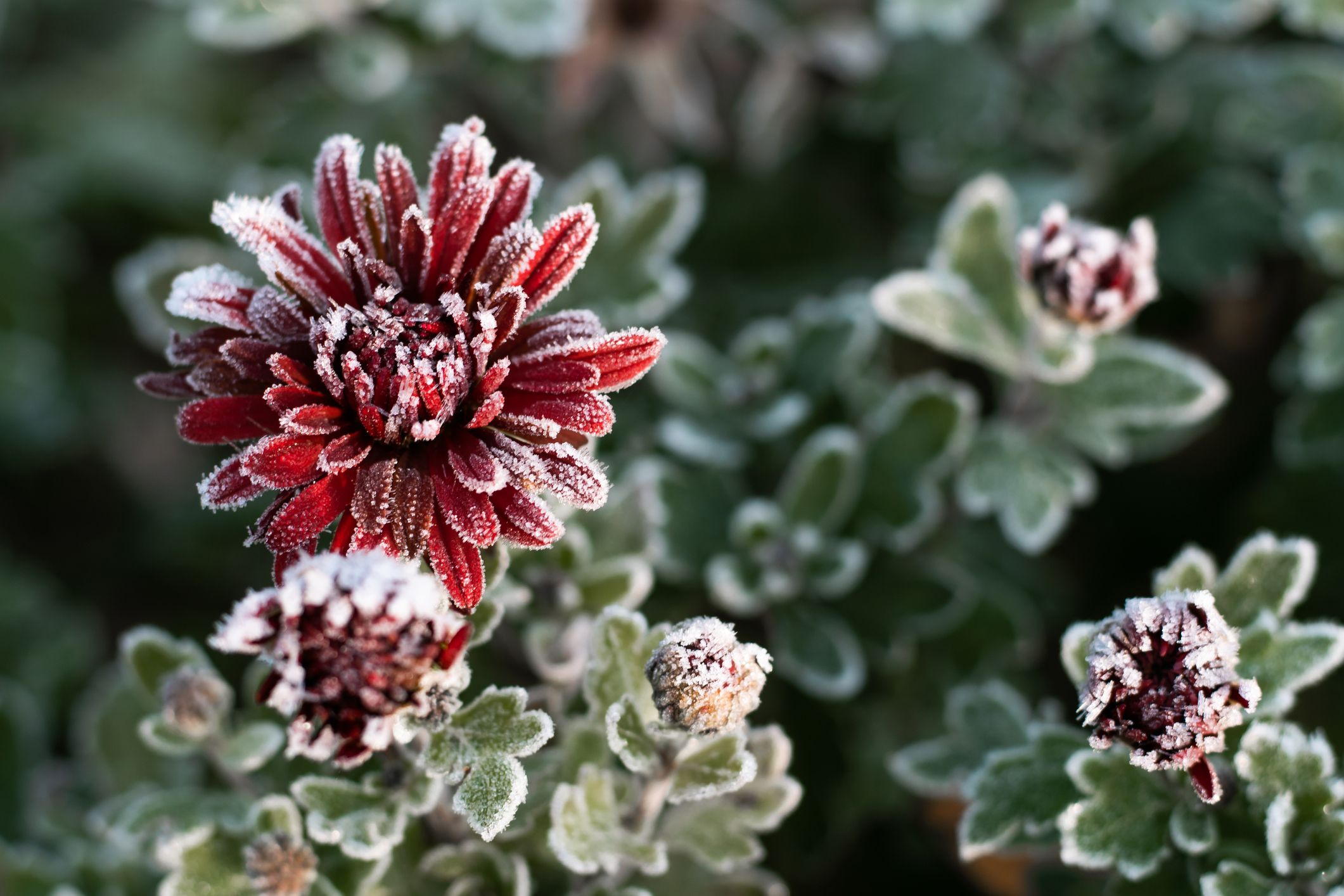


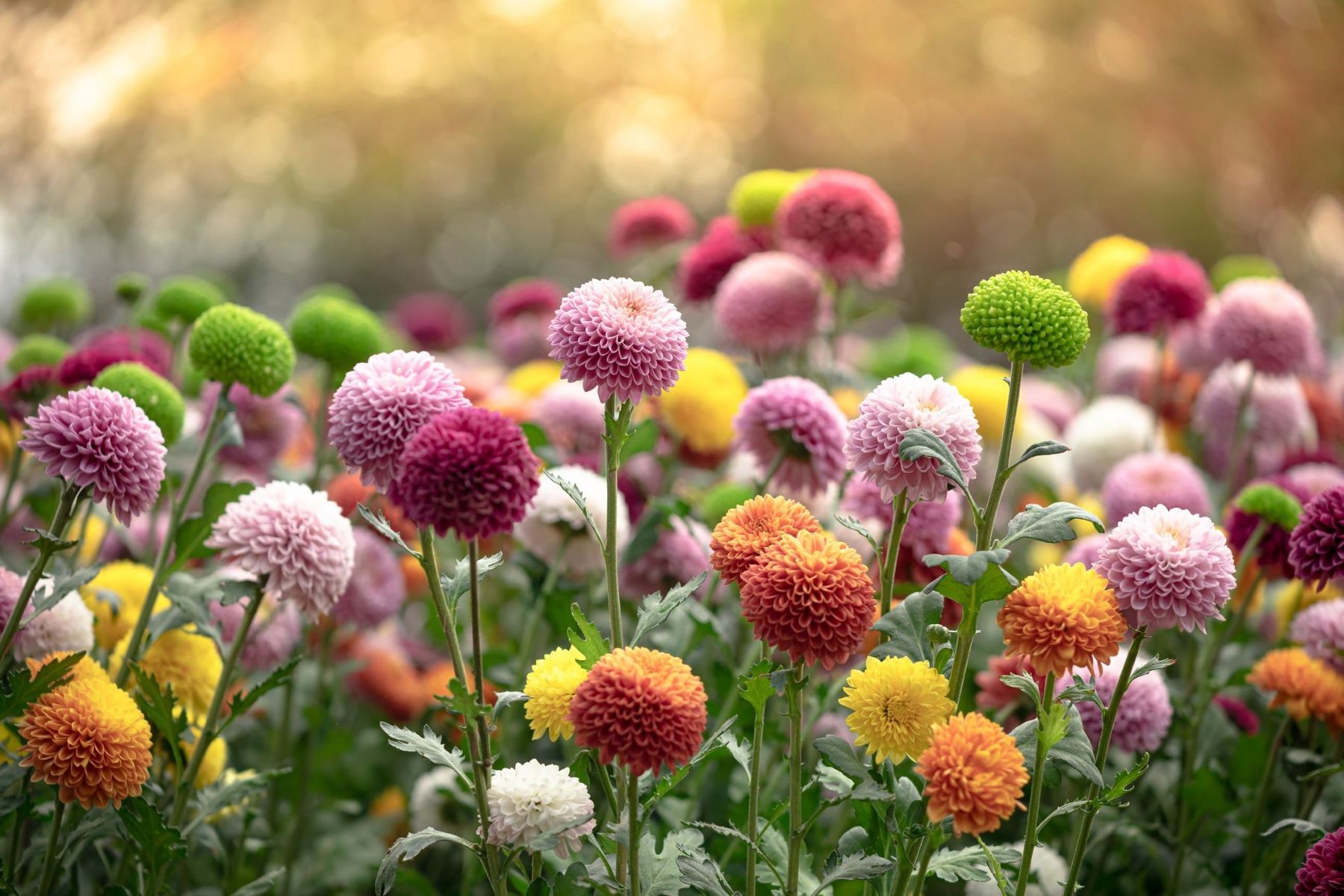
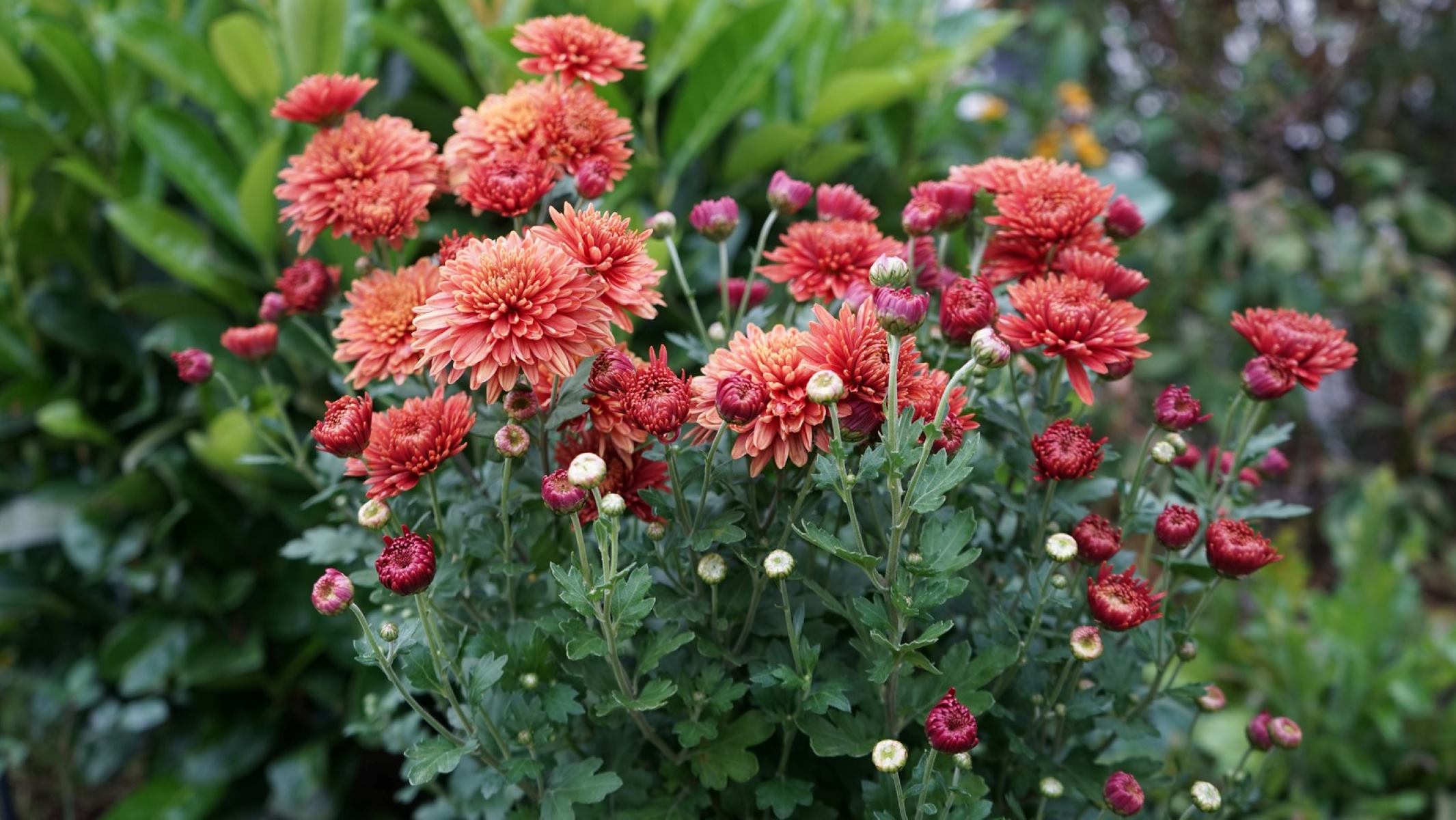

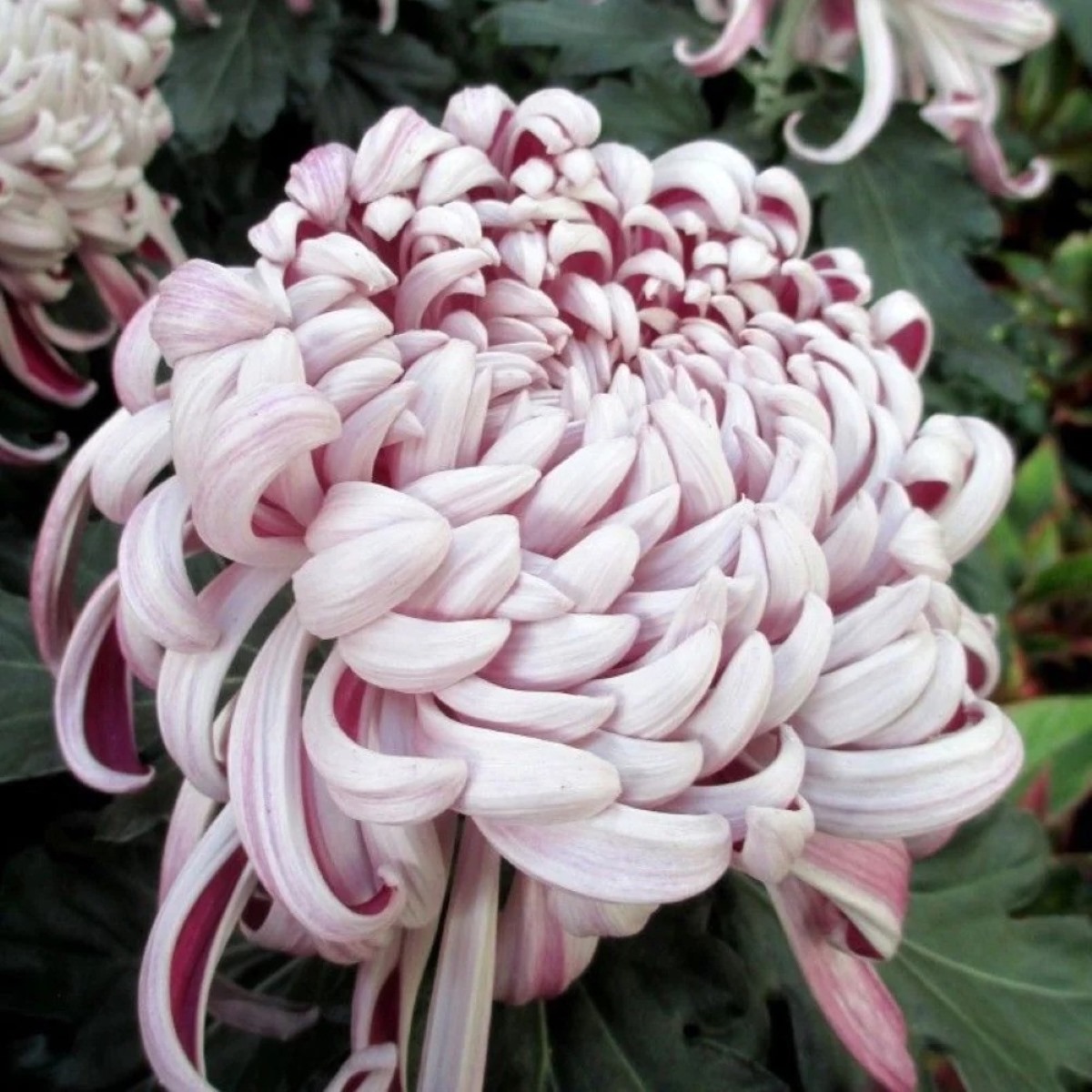
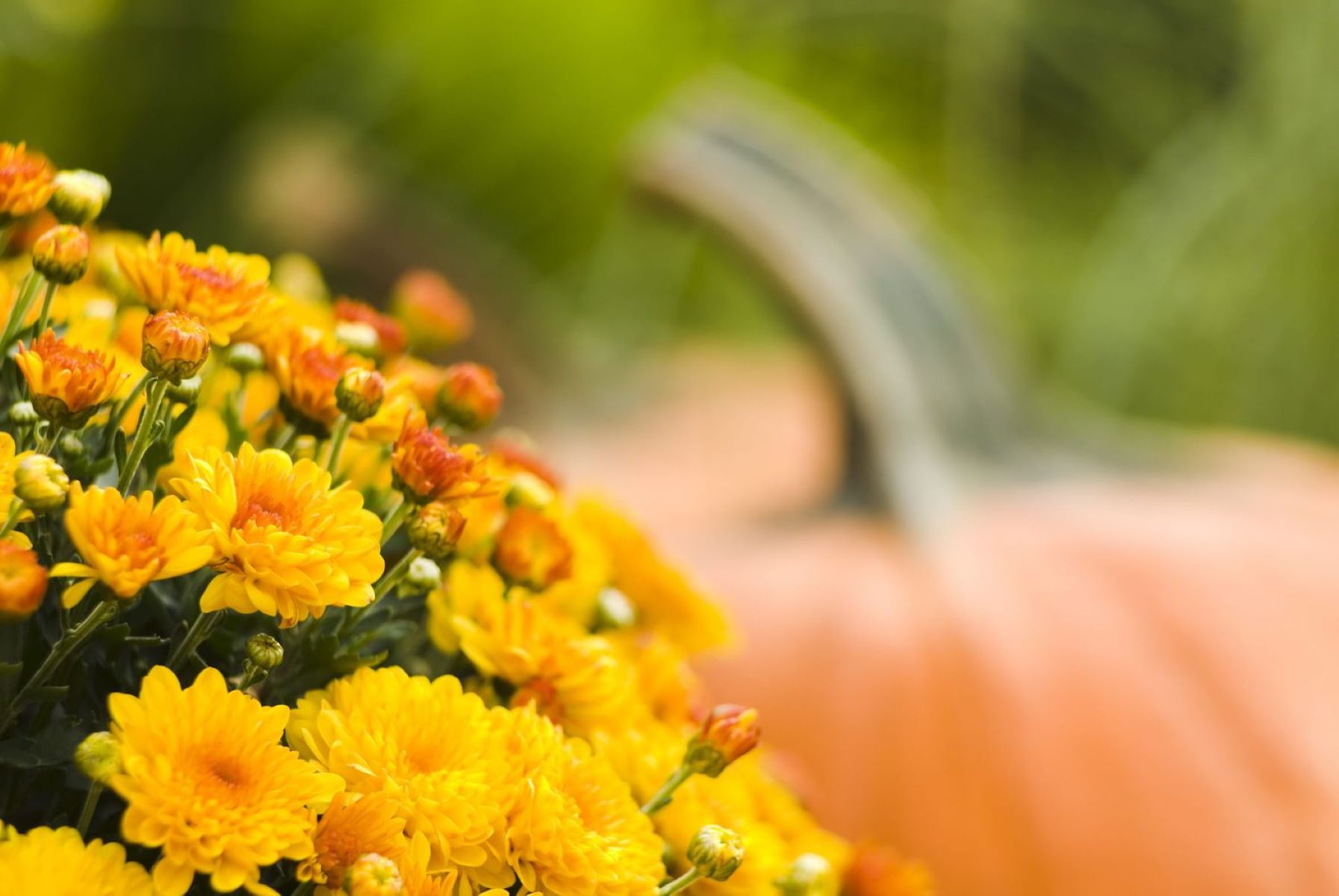
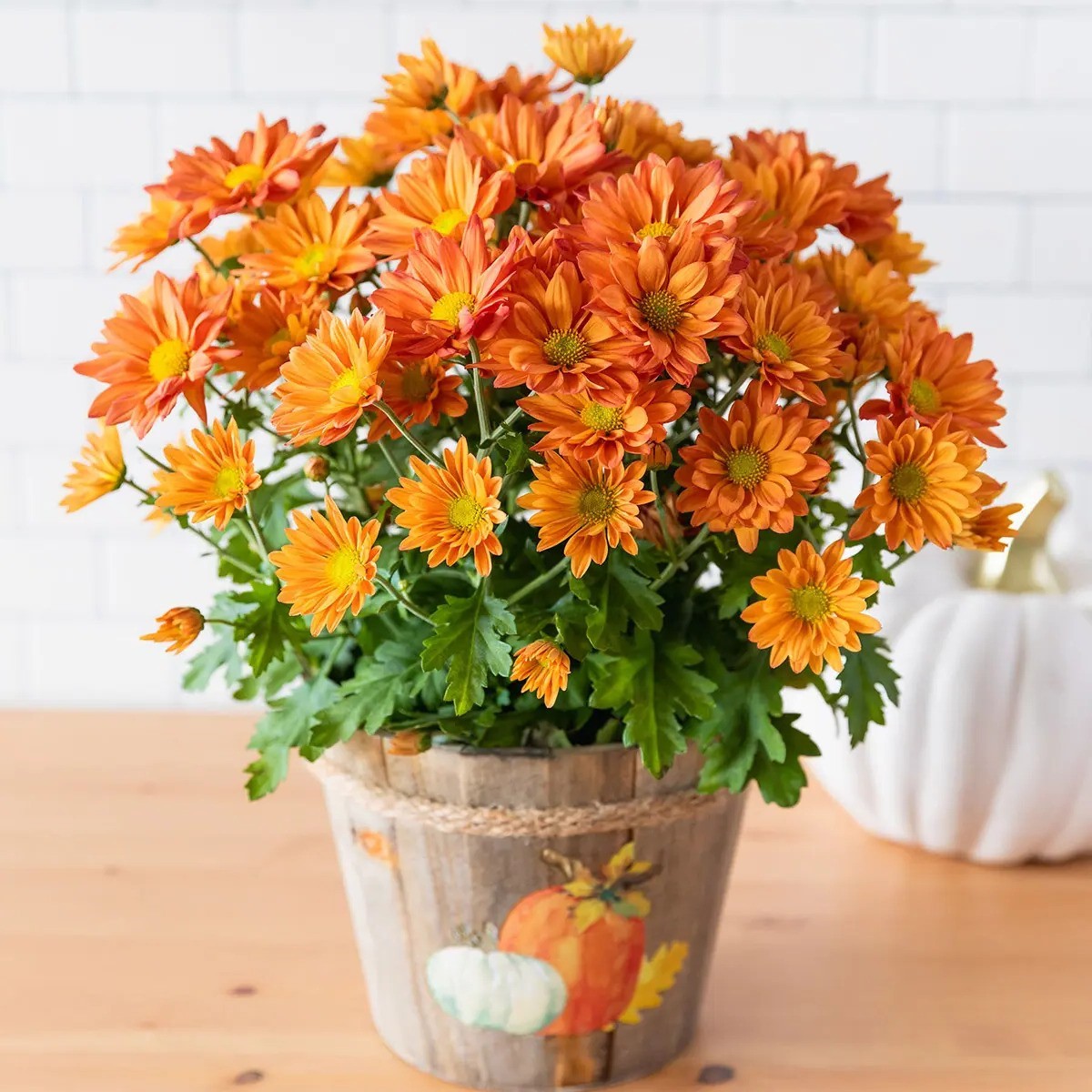




0 thoughts on “When Should You Cover Mums”